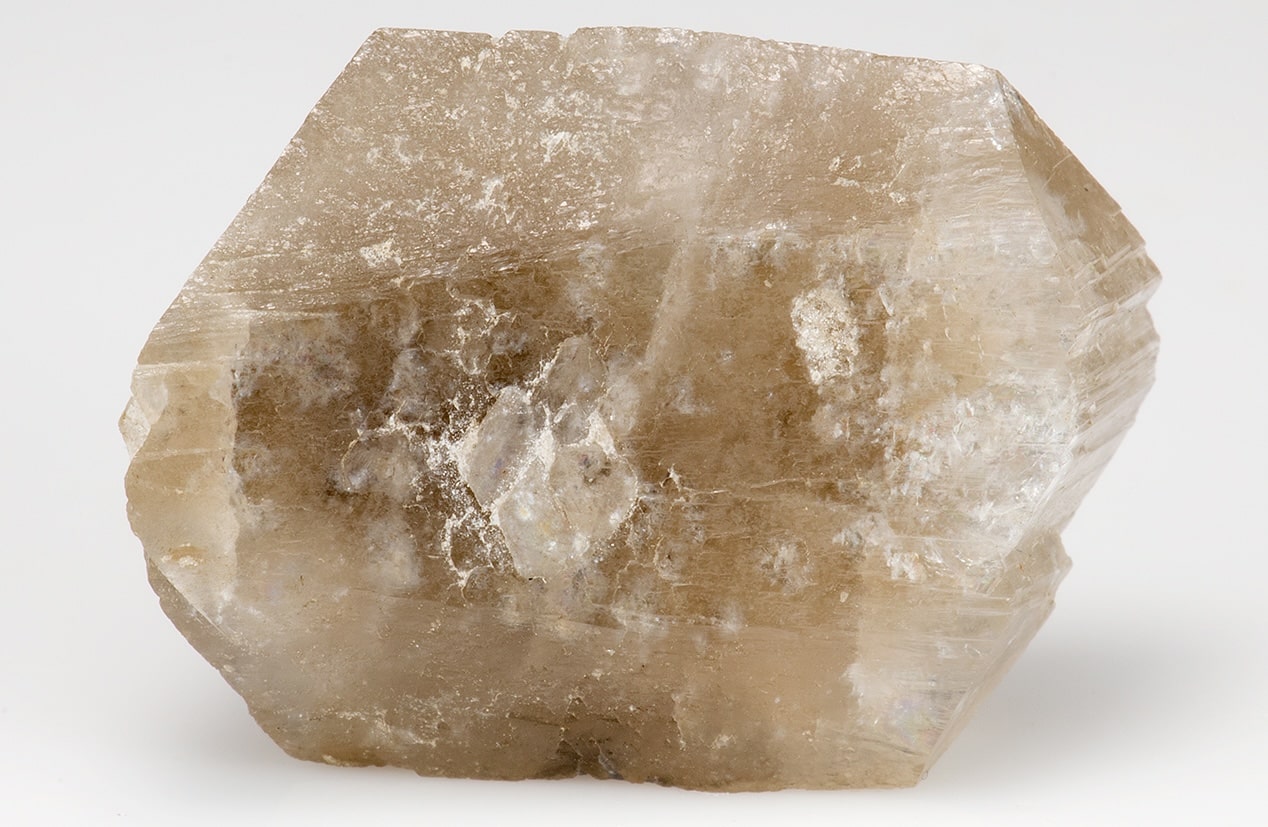
Fabianite is a rare mineral that often intrigues collectors and geologists alike. Found in specific geological environments, this mineral boasts unique properties and a fascinating history. What makes Fabianite special? Its distinctive crystal structure and composition set it apart from more common minerals. Named after the Austrian mineralogist, Fabian von Hauer, Fabianite's discovery dates back to the early 20th century. This mineral typically forms in hydrothermal veins and is often associated with other rare minerals. Why should you care about Fabianite? Understanding its characteristics can provide insights into geological processes and the Earth's history. Whether you're a budding geologist or a seasoned collector, learning about Fabianite can deepen your appreciation for the natural world.
Key Takeaways:
- Fabianite is a rare mineral with a unique crystal structure and limited occurrence. It is primarily valued by collectors and researchers for its intriguing properties and historical significance.
- Fabianite, named after the Fabian family, has interesting uses in education, art, and scientific experiments. Its softness limits commercial applications, but its fluorescence and high value among enthusiasts make it a fascinating mineral to study.
What is Fabianite?
Fabianite is a rare mineral that has intrigued geologists and mineral enthusiasts alike. Its unique properties and limited occurrence make it a fascinating subject of study. Let's dive into some intriguing facts about this mineral.
- Fabianite is a calcium borate mineral with the chemical formula CaB3O5(OH).
- It was first discovered in 1961 in the Fabian Quarry in Sweden, which is how it got its name.
- This mineral typically forms in hydrothermal veins and borate deposits.
- Fabianite is often found in association with other borate minerals like colemanite and ulexite.
- The mineral is usually colorless or white, but it can sometimes appear in shades of pale yellow or pink.
Physical Properties of Fabianite
Understanding the physical properties of Fabianite can help in identifying and studying this mineral. Here are some key characteristics.
- Fabianite has a monoclinic crystal system, meaning its crystal structure is asymmetrical.
- It has a hardness of 4.5 on the Mohs scale, making it relatively soft compared to other minerals.
- The mineral has a vitreous to pearly luster, giving it a shiny appearance.
- Fabianite is transparent to translucent, allowing light to pass through it to varying degrees.
- It has a specific gravity of 2.5, which is considered light for a mineral.
Chemical Composition and Formation
The chemical makeup and formation process of Fabianite add to its uniqueness. Here are some fascinating details.
- Fabianite is composed of calcium, boron, oxygen, and hydrogen.
- It forms in low-temperature hydrothermal environments, often in borate-rich areas.
- The mineral is stable in a narrow range of temperature and pressure conditions.
- Fabianite can be synthesized in laboratories, but natural specimens are much more valued.
- It often forms tabular or prismatic crystals, which can be quite striking under a microscope.
Occurrence and Locations
Fabianite is not a common mineral, and its occurrence is limited to specific regions. Here are some notable locations where it can be found.
- Besides Sweden, Fabianite has been found in California, USA, particularly in Death Valley.
- It has also been discovered in Argentina, in the Tincalayu borate deposit.
- Small amounts of Fabianite have been reported in Turkey, another borate-rich region.
- The mineral is often found in evaporite deposits, where water has evaporated, leaving behind mineral-rich layers.
- Collectors value specimens from the original Fabian Quarry due to their historical significance.
Uses and Applications
While Fabianite is not widely used in commercial applications, it has some interesting uses in various fields.
- Fabianite is primarily of interest to mineral collectors and researchers.
- It is sometimes used in educational settings to teach about borate minerals and hydrothermal processes.
- The mineral's unique properties make it a subject of study in geological research.
- Some artists and jewelers use Fabianite in decorative pieces, although its softness limits its use.
- Synthetic Fabianite can be used in scientific experiments to understand borate chemistry better.
Fun and Lesser-Known Facts
Here are some fun and lesser-known facts about Fabianite that might surprise you.
- Fabianite is named after the Fabian family, who owned the quarry where it was first discovered.
- The mineral's name was officially approved by the International Mineralogical Association in 1963.
- Fabianite crystals can sometimes exhibit fluorescence under UV light, glowing a bright blue or green.
- The mineral is often confused with other borates, but its unique crystal structure helps in identification.
- Fabianite is considered a collector's gem, with well-formed crystals fetching high prices among enthusiasts.
The Final Word on Fabianite
Fabianite, a rare mineral, holds a unique place in the world of geology. Found primarily in Italy and Switzerland, it’s known for its striking white to colorless appearance. This mineral, composed of calcium, boron, and oxygen, forms in hydrothermal environments. Its crystal structure is monoclinic, making it distinct from other minerals. Fabianite’s rarity means it’s not commonly seen in collections, but its beauty and unique properties make it a prized find for mineral enthusiasts. Understanding its formation and characteristics helps geologists learn more about the Earth’s processes. Whether you’re a seasoned collector or just curious about the natural world, Fabianite offers a glimpse into the fascinating complexities of our planet. Keep exploring and who knows, maybe you’ll uncover your own piece of this extraordinary mineral.
Frequently Asked Questions
Was this page helpful?
Our commitment to delivering trustworthy and engaging content is at the heart of what we do. Each fact on our site is contributed by real users like you, bringing a wealth of diverse insights and information. To ensure the highest standards of accuracy and reliability, our dedicated editors meticulously review each submission. This process guarantees that the facts we share are not only fascinating but also credible. Trust in our commitment to quality and authenticity as you explore and learn with us.
